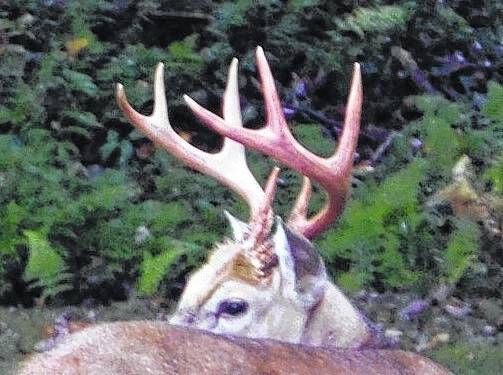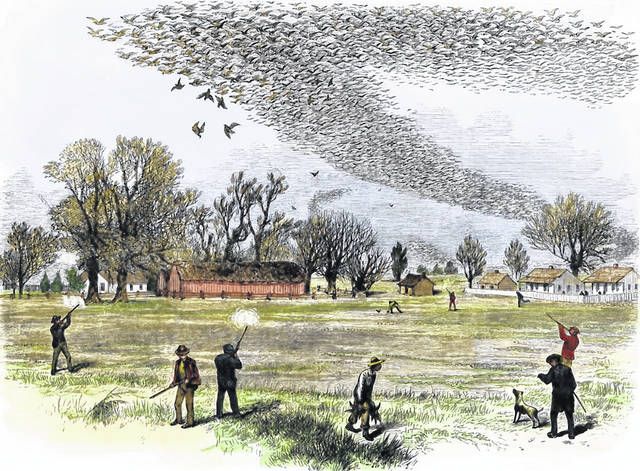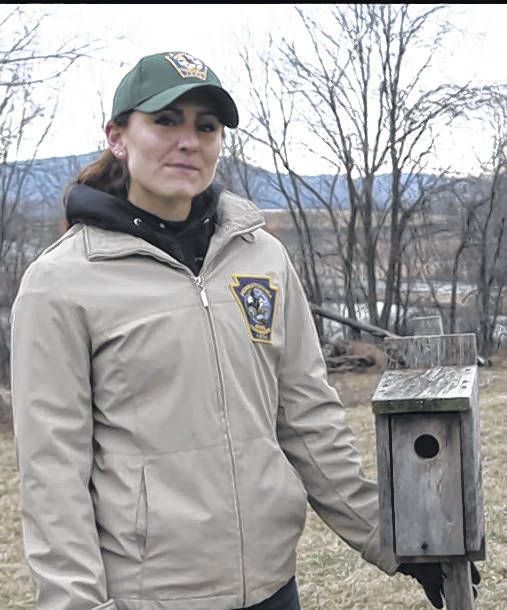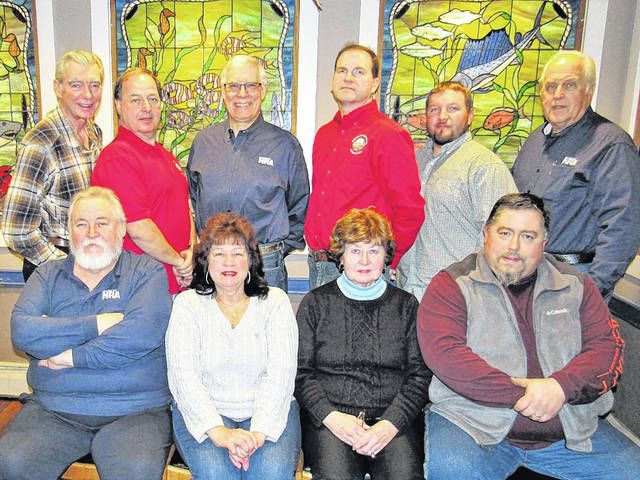Click here to subscribe today or Login.
Time in nature isn’t measured by seconds, minutes or hours. There are no months or even days of the week.
There is only daylight.
Or, in the case of the fall, a decreasing amount of daylight.
The amount of time that the sun shines each day dictates what wildlife does and triggers biological functions that define their existence.
The process is evident right now, especially with deer.
Last week a co-worker shared a photo she found of a large buck with a bloody rack.
“Is this normal?” she asked.
Yes.
The buck’s antlers weren’t actually bleeding, but rather stained red. It’s a common sight right now as bucks are shedding the velvet that covered and nourished their growing antlers during the spring and summer months. Velvet is actually a type of skin that is loaded with blood vessels that are used to grow antlers.
The concentration of blood vessels in velvet leaves a red stain on antlers after they harden. The stain is only temporary as weather and the buck rubbing its antlers on trees cleans them up.
Antler growth is a process that continues through the summer, but subsides once the hours of daylight decrease with fall’s approach. Like many aspects in nature, antler growth is determined by time.
When the days grow shorter, a buck produces more testosterone, causing the velvet to die and drop off.
The shorter days also cause estrogen levels to spike in does, generating estrus cycles and triggering the rut.
The amount of light that an animal is exposed to is called photoperiod. In nature, photoperiod, and not a calendar or clock, controls growth, development and seasonal behaviors in plants and animals.
In deer, daylight is a pivotal factor in the spring as well. Increasing amount of daylight triggers antler growth, beginning a process that concludes when days shorten.
Photoperiodism — daylight — impacts just about every species found in Pennsylvania.
Longer days influence the incubation behavior in hen turkeys, causing them to nest in the spring. Photoperiod also controls the reproduction cycle in river otters, which undergo the process of delayed implantation following conception. That means embryo development in female otters is halted and implantation into the uterine wall doesn’t occur until there is approximately 10.5 hours of daylight, according to research. Delayed implantation, which is something that bears do as well, is an effective means to ensure that the young are born during an easier time of the year, namely the spring.
And it’s all controlled by daylight.
Sometimes, photoperiodism isn’t a benefit to wildlife. In snowshoe hares, which molt into their white coats in response to shorter periods of daylight, it often leaves them vulnerable to predators when the landscape is lacking snow.
Even in deer, photoperiodism can be a detriment. In late winter, when the amount of daylight begins to increase, it jump-starts the metabolism rate in deer. As a result, deer can diminish their energy reserves if the impacts of winter are unseasonably long.
These instances highlight how useless a calender is when it comes to predicting the patterns of wildlife. Deer don’t begin the rut on a set date every year, the fur of a red fox doesn’t become prime on the same day each fall and just because a hen turkey nested on May 1 during one spring doesn’t mean she’ll do it on the same day the following year.
For the most part, photoperiodism works extraordinarily well and is the driving force in nature.
It’s the reason why wildlife relies on daylight, and not the dates on a calender, to survive.








